ANÁLISE DE PARÂMETROS FÍSICO-QUÍMICOS DAS DESCARGAS DE ÁGUAS PLUVIAIS DO RIO BELÉM NA REGIÃO DO CÂMPUS DA PUCPR
INTRODUCTION: Rivers play a crucial role in the sustainability of ecosystems and societies by providing drinking water and socio-economic benefits, particularly in urban areas where they help to mitigate the effects of climate change. However, pollution from wastewater discharge compromises the water quality of significant watercourses. Despite being recognized as the ecological capital of Brazil, urbanization in Curitiba has exacerbated environmental degradation, resulting in severe erosion, pollution, sedimentation, and illegal sewage connections impacting the Belém River. AIMS: The aim of this study is to periodically monitor the physicochemical quality of stormwater discharges into the Belém River along the PUCPR campus in Curitiba. This monitoring will help to identify irregular sewage connections and provide municipal authorities with the necessary information for corrective actions, ultimately improving water quality and enhancing the ecosystem services of the rivers. MATERIALS AND METHODS: Stormwater samples were collected from the section of the Belém River surrounding the PUCPR Curitiba campus between May and July 2024. During this period, various parameters were analyzed, including dissolved oxygen (DO), thermotolerant coliforms, pH, temperature, biochemical oxygen demand (BOD5,20 °C), total nitrogen, total phosphorus, turbidity, total residues, and flow rate of discharges. Based on these parameters, the Water Quality Index (WQI) was calculated. Additionally, precipitation and temperature data were collected on the sampling days and the two days preceding them. RESULTS: Six possible pluvial discharge points were identified near the PUCPR campus, of which three were selected for analysis alongside the Belém River. During the monitoring period, a total of 362.6 mm of rainfall was recorded, with the highest precipitation levels observed on July 8 and 9, which preceded some of the sampling. The stormwater samples exhibited classifications ranging from “Good” to “Avarage,” while river samples were predominantly classified as “Poor” or “Very Poor.” FINAL CONSIDERATIONS: The study faced limitations in defining sampling points and identifying pollution sources, but the collected data underscore the complexity of stormwaters and urban runoff and the need for management and conservation actions to improve water quality in the region.
KEYWORDS: 1. Belém River; 2. Water Quality Index; 3. Physicochemical parameters; 4. Stormwater; 5. PUCPR.




